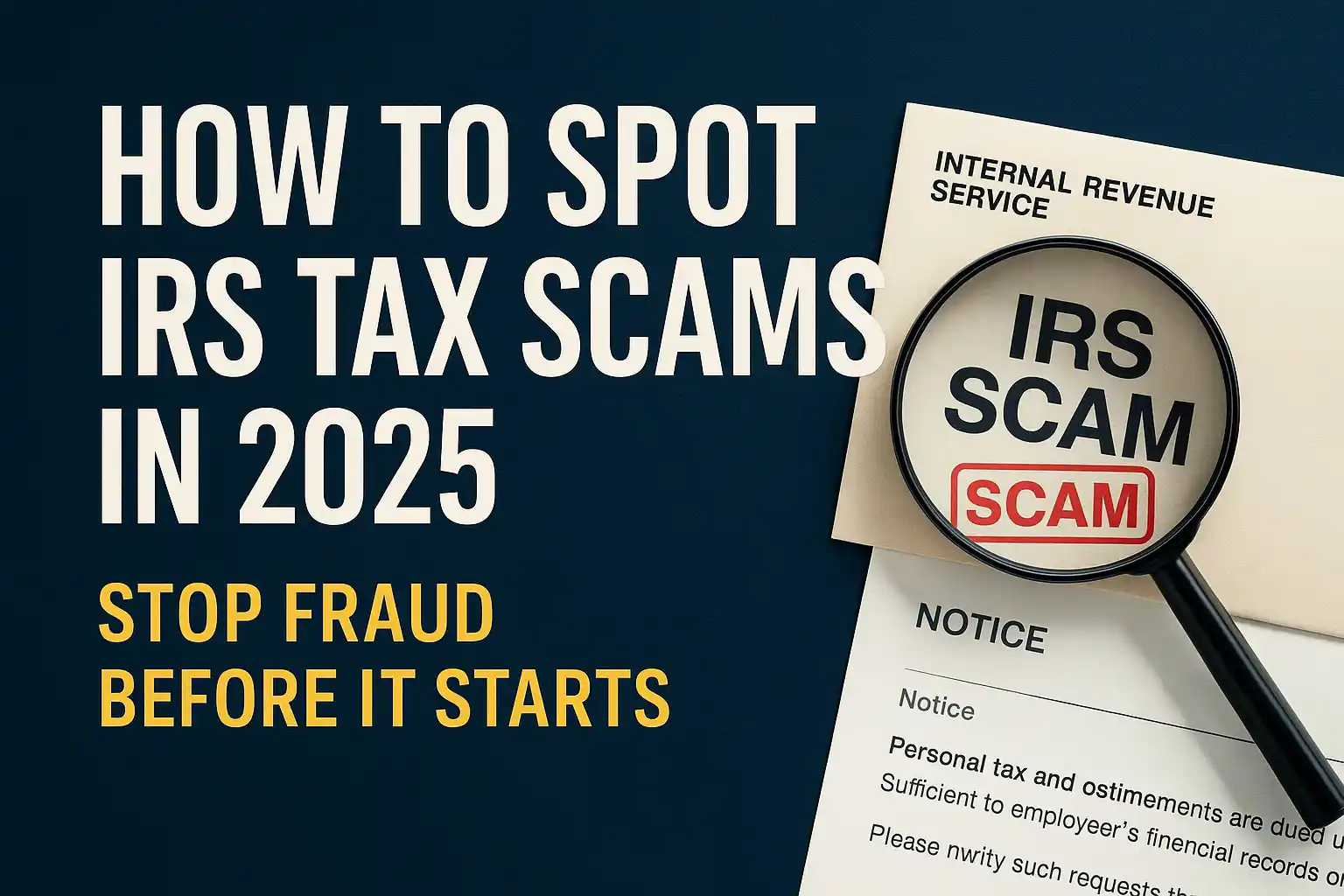Is crypto a security? The simple answer is, it depends. Below we will be reviewing the question: when is crypto a security?
Important for all “Crypto Investors”
Whether you are a seasoned crypto pro or new to the exciting world of crypto trading, it is important to understand these concepts.
What has the SEC said?
The U.S. Security and Exchange Commission (“SEC”) said “If you are considering … engaging in the offer, sale, or distribution of a digital asset, you need to consider whether the U.S. federal securities laws apply. A threshold issue is whether the digital asset is a ‘security’ under those laws.”
Essentially, the SEC is warning everyone who owns, sells, or distributes crypto that security laws may apply.
Why does it matter if crypto is a security or not?
So why does it matter whether a particular crypto is a security? Well, it is illegal to
sell (or offer to sell) securities that are not registered with the SEC. Violations of this law are
punishable by fines of up to $10,000 and federal prison sentences of up to five years. In addition, violators may be subject to financially devastating civil penalties and potential lawsuits from the investors involved (AKA you might get sued).
However, because registering a security with the SEC can take years and cost hundreds of
thousands of dollars in legal and accounting fees, most folks (including the purveyors of most
cryptocurrencies) would rather not do it – so they don’t. Their (ignorant) justification for that position is that their coin is not a security.
How to determine if an investment is a security.
As detailed in my previous article there is a three-part test called the “Howey Test” (named after
the Supreme Court case that created it) to determine whether a particular investment is a security.
An investment is a security if:
- There is an “investment of money.”
- It is in a “common enterprise.”
- There is a “reasonable expectation of profits derived from the efforts of others.”
What is “an ‘investment of money'”?
“An investment of money” is exactly what it sounds like. Money (value) is exchanged for an asset, investment, or item. For example, you give me 100 of your new coins and in return, I give you $20.
According to the SEC, the first prong of the Howey Test is typically met in the sale of any
cryptocurrency: “because the digital asset is purchased or otherwise acquired in exchange for
value, whether in the form of real (or fiat) currency, another digital asset, or other type of
consideration.”
What is “In a ‘common enterprise'”?
On the second prong of the Howey Test, most federal courts define a “common enterprise” as
one that is horizontal, meaning that an investor’s return on their money is dependent on the success of the project. (This is why Gold is not a security, a return on the investment is not dependent on the ‘success’ of a project).
The SEC is pretty blunt. Their statement on the subject is: “In evaluating digital assets,
we have found that a ‘common enterprise’ typically exists.”
What is “With a ‘reasonable expectation of profits derived from the efforts of others.'”?
Although this may appear to be the same thing as “in a common enterprise”, there are important distinctions. The most simple way to think of it is, the only thing the investor is contributing to the project is their money. They are not participating (providing effort) in running the business in order for the project to see a profit.
Typically, when it comes to the Howey Test (for all types of investments – not just crypto), the third prong of the test is the determining factor between a security and a non-security. When it comes to cryptocurrency, an investor may expect to realize a return through participating in distributions or through other methods of realizing appreciation on the asset, such as selling at a gain in a secondary market.
According to the SEC: “When a promoter, sponsor, or other third-party (or affiliated group of
third parties) (each, an ‘Active Participant’ or ‘AP’) provides essential managerial efforts that affect the success of the enterprise, and investors reasonably expect to derive profit from those
efforts, then this prong of the test is met.
Be sure to read the second to last section titled “Economic Reality” as this is a relevant aspect of this prong of the Howey test.
3 Part Test
You may think it’s overboard, but the third prong of the Howey test is typically the defining difference between a security. That is why it’s important to understand how the SEC breaks it down:
- Reliance on the Efforts of Others
- Reasonable Expectation of Profits
- Other Relevant Considerations
Reliance on the Efforts of Others
For the SEC, the inquiry into whether an investor is relying on the efforts of others focuses on
two key issues:
- Does the investor reasonably expect to rely on the efforts of one or more APs? (meaning the return on the investment is dependant soley on the work of others).
- Are the efforts of the AP(s) “undeniably significant ones” (i.e., the type of essential managerial efforts which affect the failure or success of the enterprise), as opposed to efforts that are more ministerial in nature? (Think Co-Founder/CEO/CFO vs Social Media Manager/Customer Service Representative)
SEC Checklist
Below is a list of factors the SEC has indicated it will look at. While none of these factors
are necessarily determinative, the more of these factors that apply to a situation (and the
stronger their presence), the more likely it is that an investor is relying on the efforts of
others:
- An AP is responsible for the development, improvement (or enhancement), operation, or promotion of the network.
- There are essential tasks or responsibilities performed and expected to be performed by an AP rather than an unaffiliated, dispersed community of network users (i.e., a “decentralized” network) (Think Merriam Webster vs Wikipedia).
- An AP creates or supports a market for, or the price of, the digital asset.
- An AP has a lead or central role in the direction of the ongoing development of the network or the digital asset.
- An AP has a continuing managerial role in making decisions about or exercising judgment concerning the network or the characteristics or rights the digital asset represents.
- Investors would reasonably expect the AP to undertake efforts to promote its own interests and enhance the value of the network or digital asset.
Reasonable Expectation of Profits
An easy way to visualize this concept is thinking of it as the following formula:
Money/Investment + Active Participants Efforts = Profits
Money (provided by non-participating investors) + Active Participant’s Effort (Founders making efforts to grow the project using the funds provided by the investor) = Profits
When considering this concept using the above ‘formula’, it seems quite obvious. If someone took your money and did a bunch of work to build something with that money, you, who contributed the money should expect something in return (profits).
Profits are typically things like capital appreciation resulting from the development of the initial
investment or business enterprise or a participation in earnings resulting from the use of
investors’ funds.
The SEC clarifies that “price appreciation resulting solely from external market
forces (such as general inflationary trends or the economy) impacting the supply and demand for
an underlying asset generally is not considered ‘profit’ under the Howey test.”
Expectation’s of Profit Checklists
Here is a list of factors the SEC has indicated it will look at on the topic of “Reasonable Expectation of Profits”. Once again, none of these factors are necessarily determinative, but the more of these factors that apply to a situation (and the stronger their presence) the more likely it is that a purchaser of a digital asset has a reasonable expectation of profits:
- The digital asset gives the holder rights to share in the enterprise’s income or profits or to realize gain from capital appreciation of the digital asset.
- The digital asset is transferable or traded on or through a secondary market or platform, or is expected to be in the future (Think Coinbase, Gemini, Crypto.com, or smaller platforms like Trader Ogre).
- Investors reasonably would expect that an AP’s efforts will result in capital appreciation of the digital asset and therefore be able to earn a return on their purchase.
- The digital asset is offered broadly to potential purchasers as compared to being targeted to expected users of the goods or services or those who have a need for the functionality of the network.
- There is little apparent correlation between the purchase/offering price of the digital asset and the market price of the particular goods or services that can be acquired in exchange for the digital asset.
- The AP has raised an amount of funds in excess of what may be needed to establish a functional network or digital asset.
- The AP is able to benefit from its efforts as a result of holding the same class of digital assets as those being distributed to the public.
- The AP continues to expend funds from proceeds or operations to enhance the functionality or value of the network or digital asset.
- The digital asset is marketed, directly or indirectly, using any of the following:
- The expertise of an AP or its ability to build or grow the value of the network or digital asset.
- Terms that indicate it is an investment or that the solicited holders are investors.
- Terms indicating that the intended use of the proceeds from the sale of the digital asset is to develop the network or digital asset.
- The future (and not present) functionality of the network or digital asset, and the prospect that an AP will deliver that functionality.
- The promise (implied or explicit) to build a business or operation as opposed to delivering currently available goods or services for use on an existing network.
- The ready transferability of the digital asset is a key selling feature.
- The potential profitability of the operations of the network, or the potential appreciation in the value of the digital asset, is emphasized in marketing or other promotional materials.
- The availability of a market for the trading of the digital asset, particularly where the AP implicitly or explicitly promises to create or otherwise support a trading market for the digital asset.
Economic Reality
The SEC also looks at the “economic reality” of a transaction. Specifically, they look at whether
the asset is offered and sold for use or consumption by purchasers (Think, purchasing a Tesla to drive vs Purchasing Tesla Stock). If it is purchased for consumption, then it is less likely that the Howey Test is met.
Economic Reality Checklist
On this topic, the SEC considers the following questions. In this case, the more of these factors that apply and the stronger their presence, the less likely it is the crypto is a security:
- Are the distributed ledger network and digital asset fully developed and operational?
- Are the holders of the digital asset immediately able to use it for its intended functionality on the network, particularly where there are built-in incentives to encourage such use?
- Is the digital asset’s creation and structure designed and implemented to meet the needs of its users, rather than to create speculation around its value or development of its network?
- Are the prospects for appreciation in the value of the digital asset limited? For example, the design of the digital asset provides that its value will remain constant or even degrade overtime, and, therefore, a reasonable purchaser would not be expected to hold the digital asset for extended periods as an investment.
- With respect to a digital asset referred to as a virtual currency, it can immediately be used to make payments in a wide variety of contexts, or acts as a substitute for real (or fiat) currency.
- With respect to a digital asset that represents rights to a good or service, it currently can be redeemed within a developed network or platform to acquire or otherwise use those goods or services.
- Any economic benefit that may be derived from appreciation in the value of the digital asset is incidental to obtaining the right to use it for its intended functionality.
- The digital asset is marketed in a manner that emphasizes the functionality of the digital asset, and not the potential for the increase in market value of the digital asset.
- Potential purchasers have the ability to use the network and use (or have used) the digital asset for its intended functionality.
- Restrictions on the transferability of the digital asset are consistent with the asset’s use and not facilitating a speculative market.
- If the AP facilitates the creation of a secondary market, transfers of the digital asset may only be made by and among users of the platform.
In conclusion, is crypto a security?
So, is the new crypto you want to create (or invest in) a security? As you can tell, the
response is not a simple “yes or no.” Given the complexities of the situation, is the best course
of action to “shoot now and ask questions later?” absolutely not! A good securities attorney
(while unable to make guarantees) will be able to take a look at your situation within the context
of the SEC’s regulatory framework and make recommendations as to things to do (and not to do)
to strengthen your argument that your crypto is not a security.
If you can’t definitively answer the question “is this crypto a security?”, it might be time to contact a professional. Your attorney can walk you through the various securities registration exemptions that may be available to help you bring on investor capital without risking time in federal prison.
Real-life examples are always helpful and instructive. So, next, we will look at how the SEC is
dealing with three major cryptocurrencies: Bitcoin, Ether, and XRP.
Additional Resources
* To sign up for Mark’s weekly Free E-Newsletter and receive his Free E-Book “The Top 10 Best Tax Saving Secrets Everyone Should Know” visit www.markjkohler.com.
Mark J. Kohler is a CPA, Attorney, co-host of the Podcast “Main Street Business Podcast” and author of the new book “The Tax and Legal Playbook- Game Changing Solutions For Your Small Business Questions, 2nd Edition”. the “8 Steps to Start and Grow Your Business Workbook”, and “The Business Owner’s Guide to Financial Freedom- What Wall Street isn’t Telling You”. He is also a senior partner at the law firm Kyler Kohler Ostermiller & Sorensen, LLP, and the accounting firm K&E CPAs, LLP.










